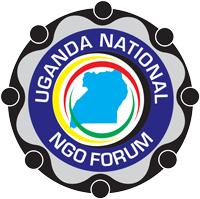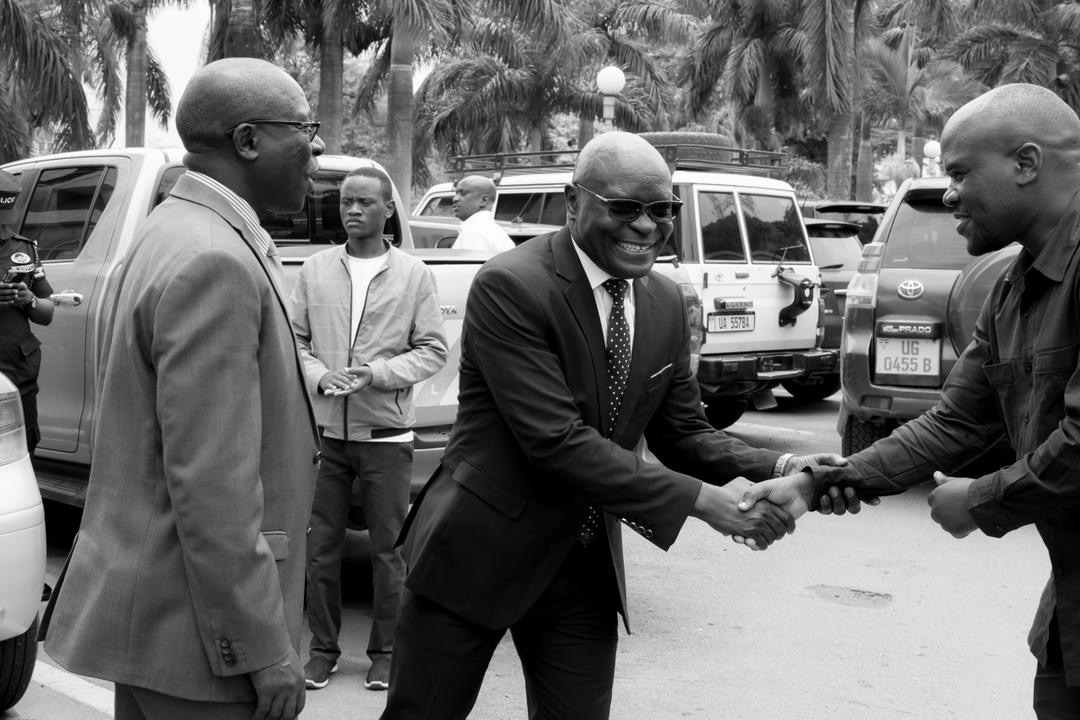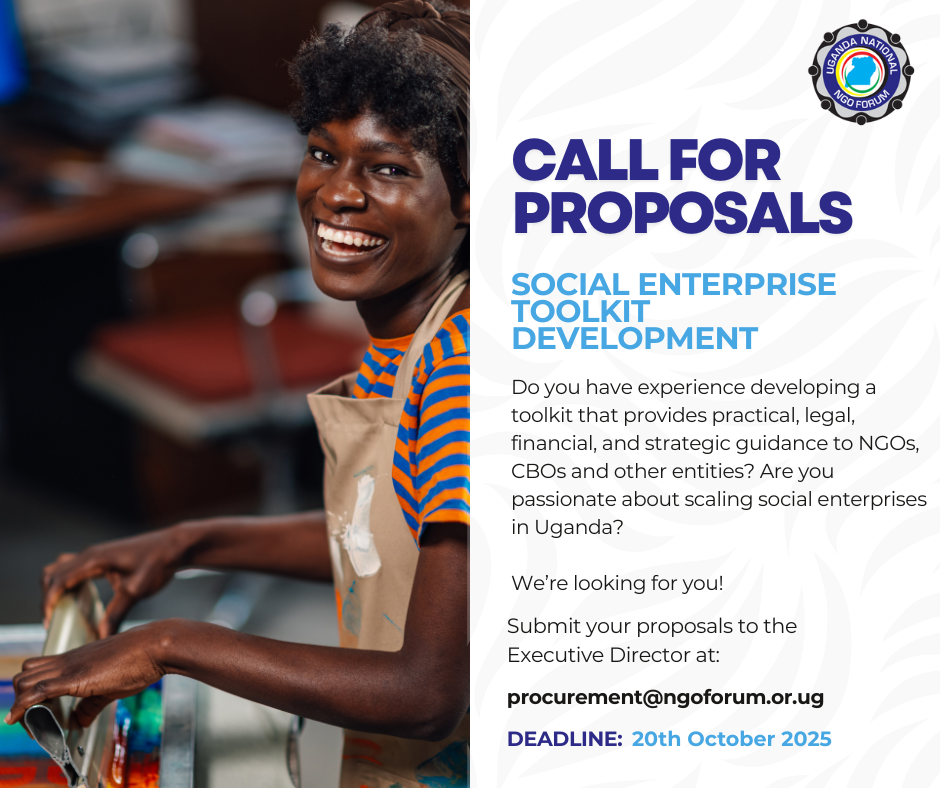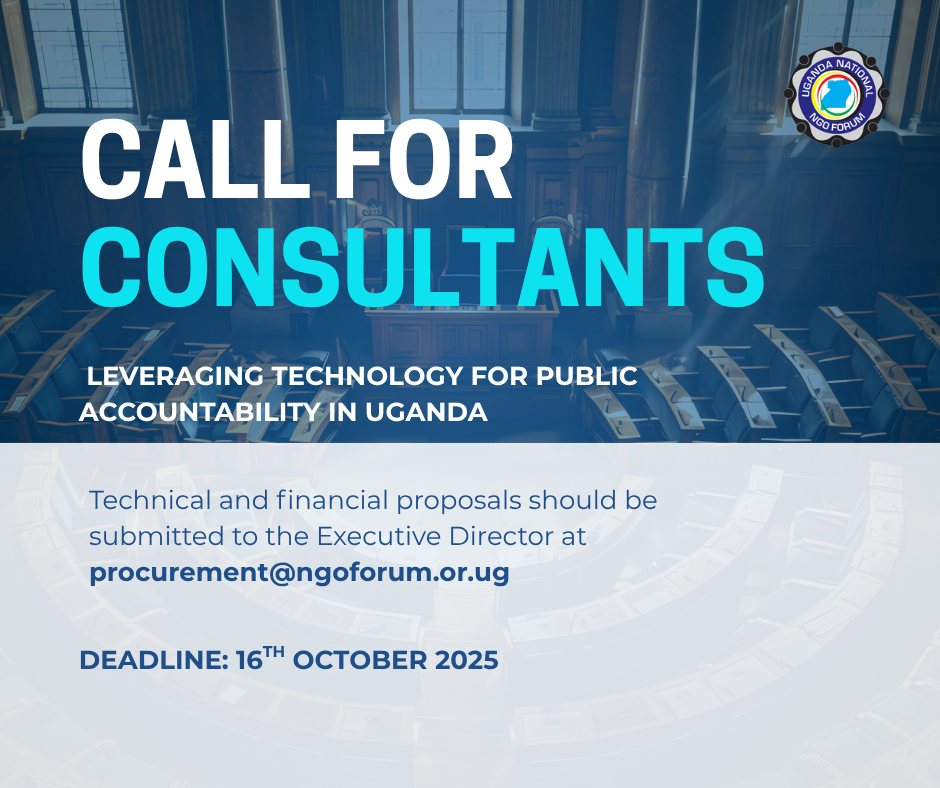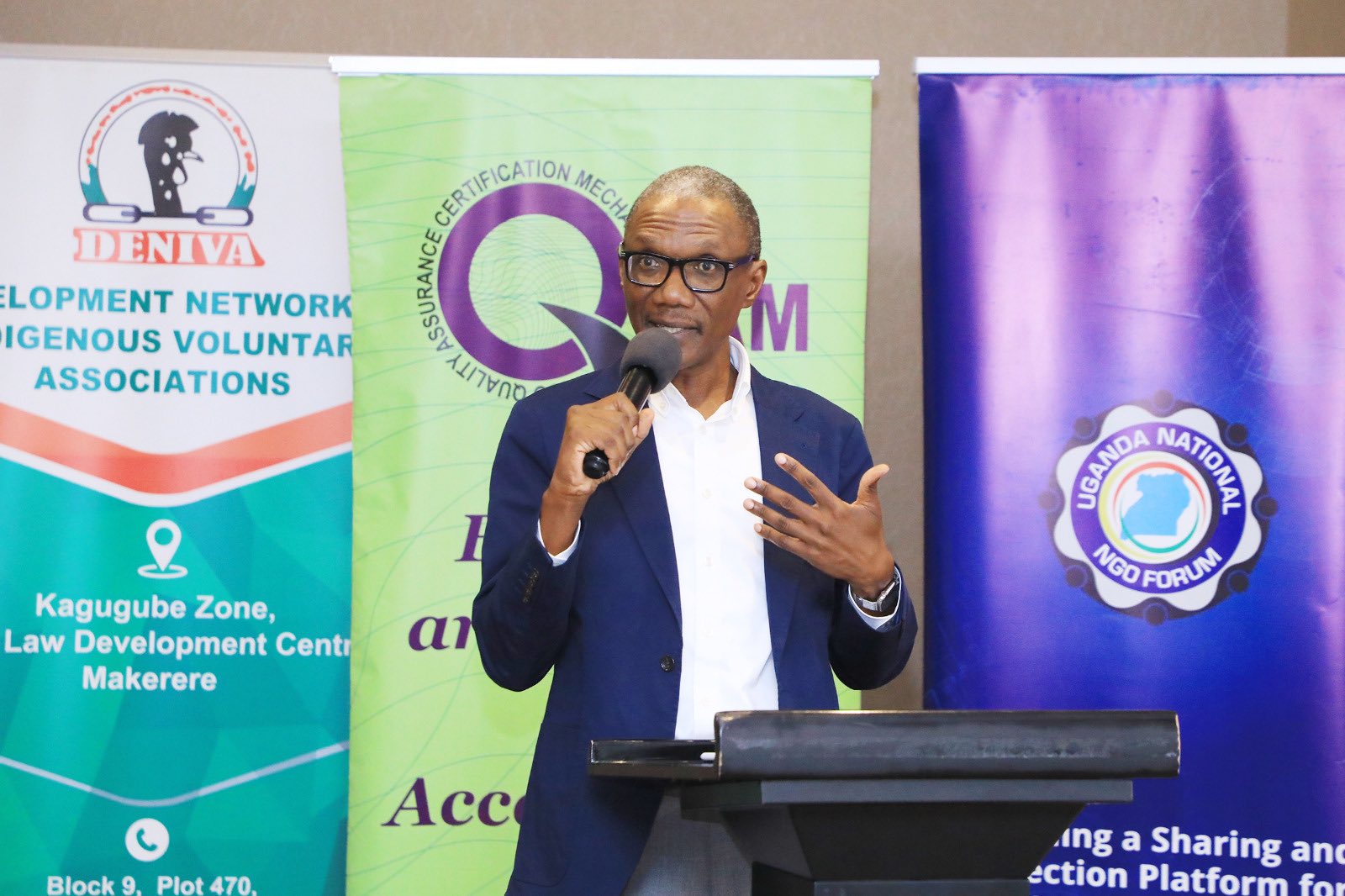
Strengthening Localization: The Role of National Actors and Due Diligence
As an organization committed to localization, Apollo B. Gabazira, the Country Director for CARE International in Uganda emphasized they recognize that the ultimate goal is to empower national actors. In doing so, they are, in essence, working themselves out of jobs—and that is okay. “We did not come to Uganda to stay forever.”
CARE International is already on this journey, with nearly 50% of our budget in Uganda going directly to local and national actors. However, Apollo intimated that this shift requires more than just financial support—it calls for structural, institutional, and operational readiness.
The Reality of Localization
In his remarks, he highlighted that the conversation on localization is growing, but it needs to move beyond rhetoric. Many civil society actors argue for decolonization—demanding more power, decision-making, and resources for local organizations.
“As a Ugandan myself, I fully support this shift. However, money comes with accountability, controls, and transparency requirements.”
He expressed concern that it is unfortunate that every time funds are given to a local or national actor, a rigorous due diligence process follows. INGOs like CARE International, Save the Children, and World Vision all conduct separate assessments, resulting in extensive paperwork and inefficiencies. This raises a critical question: why do we allow repeated due diligence processes instead of establishing a unified system?
Key Considerations for Localization
1. Being Local is Not Enough
There is an increasing trend where organizations position themselves as “local” or “national” to access funding. However, being local alone will not be enough. Only organizations that demonstrate strong governance, financial management, and accountability will sustain themselves.
2. Defining Locally Led Approaches
Localization is not a one-size-fits-all approach. It varies across donors, UN agencies, and INGOs. Some funding mechanisms remain transactional, treating national organizations as mere conduits for passing funds. Others take a more transformational approach, genuinely investing in the institutional strengthening of local actors.
“At CARE, we do not just claim to be locally led—we have a tangible, tested business model that supports this shift. We must challenge all actors claiming to be locally led to show evidence of their localization strategies.”
3. Are National Organizations Ready?
As funding shifts to local actors, readiness becomes critical. Donors and governments expect national organizations to manage resources effectively. Yet, we continue to hear concerns about financial mismanagement—instances where organizations sign contracts, but funds are redirected elsewhere.
The question remains: are we truly ready to handle the responsibilities that come with localization?
Reforming Due Diligence and Organizational Health
He argued that one of the major barriers to localization is the fragmented and repetitive due diligence process. INGOs and donors each conduct their own assessments, creating inefficiencies. Instead, we should work toward a standardized national system for organizational assessment.
“The QUAM (Quality Assurance Mechanism) presents a potential solution—a unified passporting system that verifies the legitimacy and capacity of national organizations. If properly restructured, QUAM could become the gold standard for due diligence in Uganda, reducing bureaucracy and enabling organizations to focus on their core work.”
Conclusion: A Call to Action
He concluded with a strong call to action! Localization is not just about accessing funds; it is about proving readiness, strengthening governance, and establishing sustainable systems. INGOs, donors, and local actors must work together to:
- Define clear localization standards.
- Strengthen national organizations’ capacity.
- Streamline due diligence through a unified system.
If we do this right, we will move beyond rhetoric and ensure that resources reach the communities that need them most.
